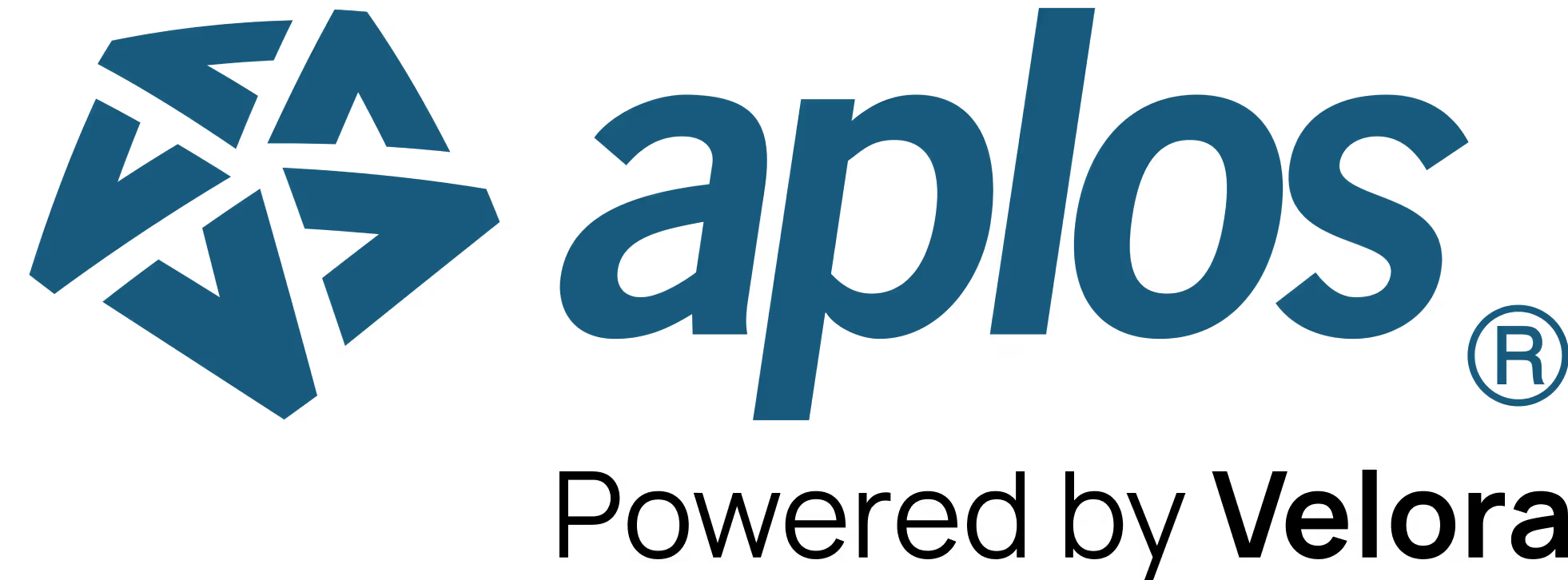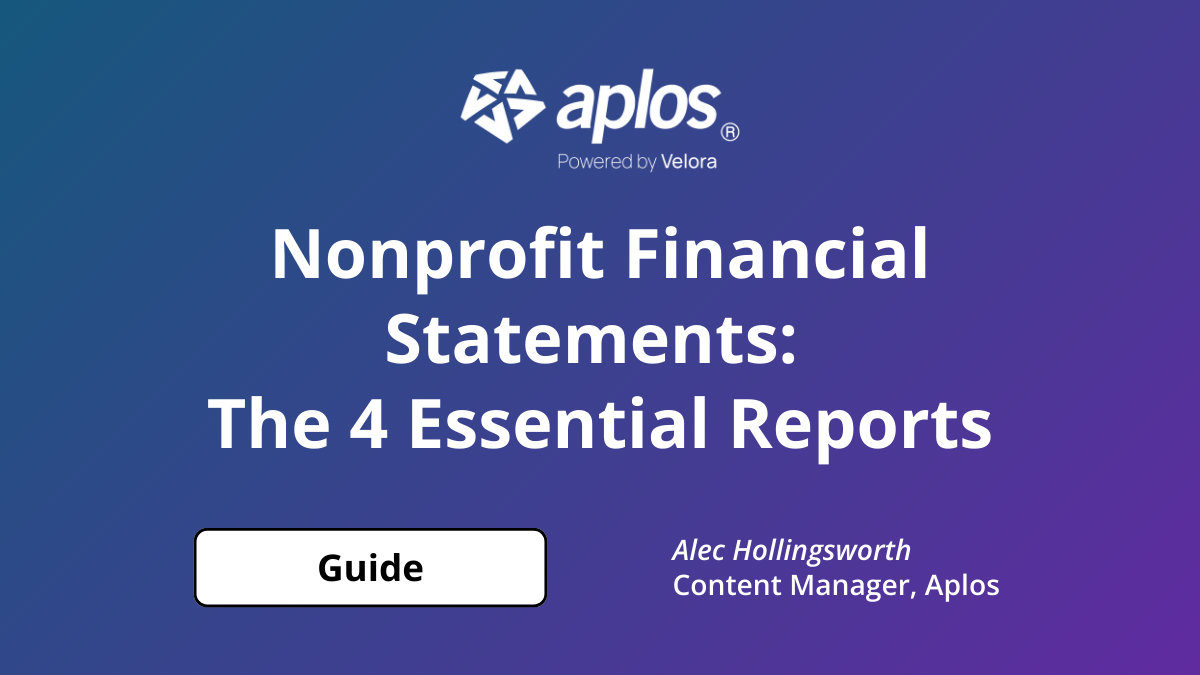
Marketing Strategy in a Nonprofit Business Plan

How To Write A Nonprofit Business Plan: Lesson 5
Now that you understand the nuts and bolts of your business model, your day-to-day nonprofit operations, and the overall objective for your nonprofit, you’ll want to get the word out. You need to reach donors, customers (if you have an earned income element), and your clients. All of this takes marketing.

What Is Marketing?
Many times, non-business folks view the idea of marketing in a bad light. Maybe they’ve been left with a sour taste in their mouths from a bad experience, or perhaps they simply don’t like the idea of thinking they need to sell their nonprofit with a marketing strategy. However, in order to better serve their causes, nonprofit leaders need to let people know what they are trying to accomplish. This is where marketing and strategy come into play.
Marketing is simply the planned (and sometimes unplanned) communication of what your nonprofit does. It is not selling snake oil. It is not lying or cheating. And it doesn’t have to be a high-pressure sales pitch. By having empathy for others, marketers can better understand how to serve clients and how to create a product or service that meets their specific needs. By having empathy for donors, marketers can communicate the vision to people who also believe in the cause. Marketing is not about winning at the cost of someone else losing. Marketing is about meeting the needs of everyone involved in the process, including customers, donors, and other supporters.

Your Target Market
You’ve already taken a look at your target market from a client perspective. You should do the same for the donors you will target. Who is most likely to connect to your cause? Who is most likely to connect to you?
Since donors generally donate because they believe in the cause, or because they believe in you, identify those people. They are your target donors. Describe them with demographics. Where do they live? Are they married? Are they male or female? Do they have kids? How much money do they make?
Also, describe them with behavioral (socio-graphic) traits. Where do they shop? What activities do they take part in? The better you understand your target market, the more you can create a clear message to them, and the better you’ll be able to make the giving experience for them.

The 4 Ps Of Marketing
To form a complete marketing strategy, you’ll need to address each of the 4 Ps of marketing. This will help you to formulate a plan that meets the needs of those you hope to serve.
1. Product
We’ve already discussed this P of marketing in an earlier lesson. Designing a product or service that meets the needs of your clients is one of the most important things you can do to be a successful nonprofit. If you plan to include earned income in your business model, this simply means you need to develop a product or service customers will pay for. You’ll need to meet their specific needs so they buy your products or services so the nonprofit can then earn proceeds that will be used to further the cause.
2. Price
If you plan to have an earned income component, you’ll need to set the price of your products or services appropriately for your intended customers. We call these people your target market. They are not the clients the nonprofit serves. They are customers who will purchase from the nonprofit. If you have designed a high-end product or service, charge a high-end price. If you have designed a value-based product or service, charge a value-based price.
Or perhaps your nonprofit uses donation money to offset the price of products or services offered to clients. For example, maybe you would like to offer software to people at a reduced rate. The price you set will also help determine how many people purchase that software. Take into account the needs of your clients when determining the price. Offering something for free is great, but maybe it makes more sense to offer something at a reduced rate by offsetting the price just a bit. Think about what serves your clients most, and set the price accordingly.
Another price consideration for a nonprofit comes into play when you attach a giving target to the cause. For example, perhaps you form a nonprofit to feed hungry children. How many dollars per month does it take to feed one child? If you communicate this figure, you are essentially setting the price for a donor to feed one child for a month. Knowing your costs not only helps you to operate a better nonprofit, it also helps donors connect a price with a measurable impact.
3. Place (A.K.A. Distribution)
Where will you offer your products or services? Where will you do the work of your nonprofit? If you can, you’ll want to set up operations close to the people you serve. So if we’re using the same example of feeding hungry children, it is probably unreasonable to have them commute to the affluent neighborhood where the nonprofit’s office may be located. Rather, it is probably better to move the offering to them. Again, setting up the location of the product or service is more effective when it takes the needs of the client into consideration.
Place refers to an operating location, but it also refers to donor-specific needs. For example, where do you collect donations? You can collect them at a specific event (place 1), you can collect them at your nonprofit’s office (place 2), you can collect them through retailers (place 3), or you can collect them online (place 4). The idea behind your place strategy for donors is to allow them to donate money where and when it is convenient for them, and where and when they are the most motivated to donate. So where does that happen for your donors? Set up a way for them to give there.
4. Promotion
Promotion is the piece of a marketing strategy many people don’t like to think about because advertising falls in this category. But promotion and advertising are not evil. When done correctly, they enhance the experience for everyone from clients to donors, and can build trust with your organization, as shown in the chart below. By enhancing the experience, they add value to the work of the nonprofit.

Courtesy of The Nielsen Company
Calendar It
How will you get the word out? How will you let clients know your nonprofit can help them? Will you pass out flyers in specific neighborhoods? Will you run radio or TV ads? Or will you promote through local schools? There are countless ways to promote what your nonprofit does for people. What makes the most sense for your clients? How will they hear about you? Plan all of the ways you will communicate with your clients, and put them on a calendar. Add the cost for each communication so you have an idea of what it will take to get the job done.
How will you share the vision with your donors? Will you set up an event where you have an extended time to communicate the vision? Will you run TV spots that quickly communicate the need and ask for money? Or will you meet with people individually over lunch to tell them about what the nonprofit is doing? Maybe you will do all of these things.
What makes the most sense to communicate your vision the most effectively? The channels you use are as important as the message itself. Figure out what you plan to do, and add these things to your calendar. Again, calculate the cost of each campaign so you know how many resources it will take to get the job done. Later, in the financials section of the nonprofit business plan, you will need to know the costs of your planned promotions.

The more detailed your marketing calendar is, the better. Your promotions calendar is a major driver for your nonprofit’s operations. It will also help you to identify opportunities based on seasonal aspects of your nonprofit. If you can create a solid marketing calendar, you have already addressed many of the items included in this section of the nonprofit business plan.
Additional Resources
There are many different types of marketing strategies your nonprofit can execute. For example, here are some videos that describe social media marketing strategies.
Next Time
Now that we’ve moved into your nonprofit’s operations by addressing the marketing section of the nonprofit business plan, let’s get into other operational considerations. The next lesson in this course will cover your management team and board. They are the people primarily responsible for the direction and daily operations of your nonprofit. With good team members, your nonprofit can really thrive. Without them, the success of implementing the work of your nonprofit could be limited.

Our comprehensive closeout services start at $399 per month that needs to be reconciled. Sign up before Jan 1st and pay just $199.50 per month!
Copyright © 2025 Aplos Software, LLC. All rights reserved.
Aplos partners with Stripe Payments Company for money transmission services and account services with funds held at Fifth Third Bank N.A., Member FDIC.
Copyright © 2024 Aplos Software, LLC. All rights reserved.
Aplos partners with Stripe Payments Company for money transmission services and account services with funds held at Fifth Third Bank N.A., Member FDIC.



.png)



